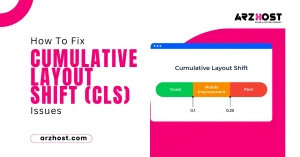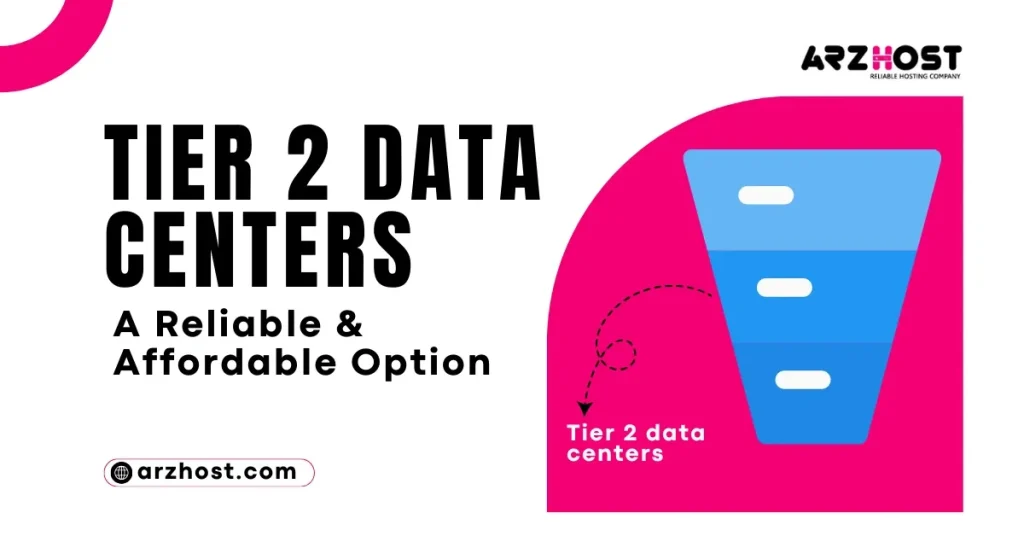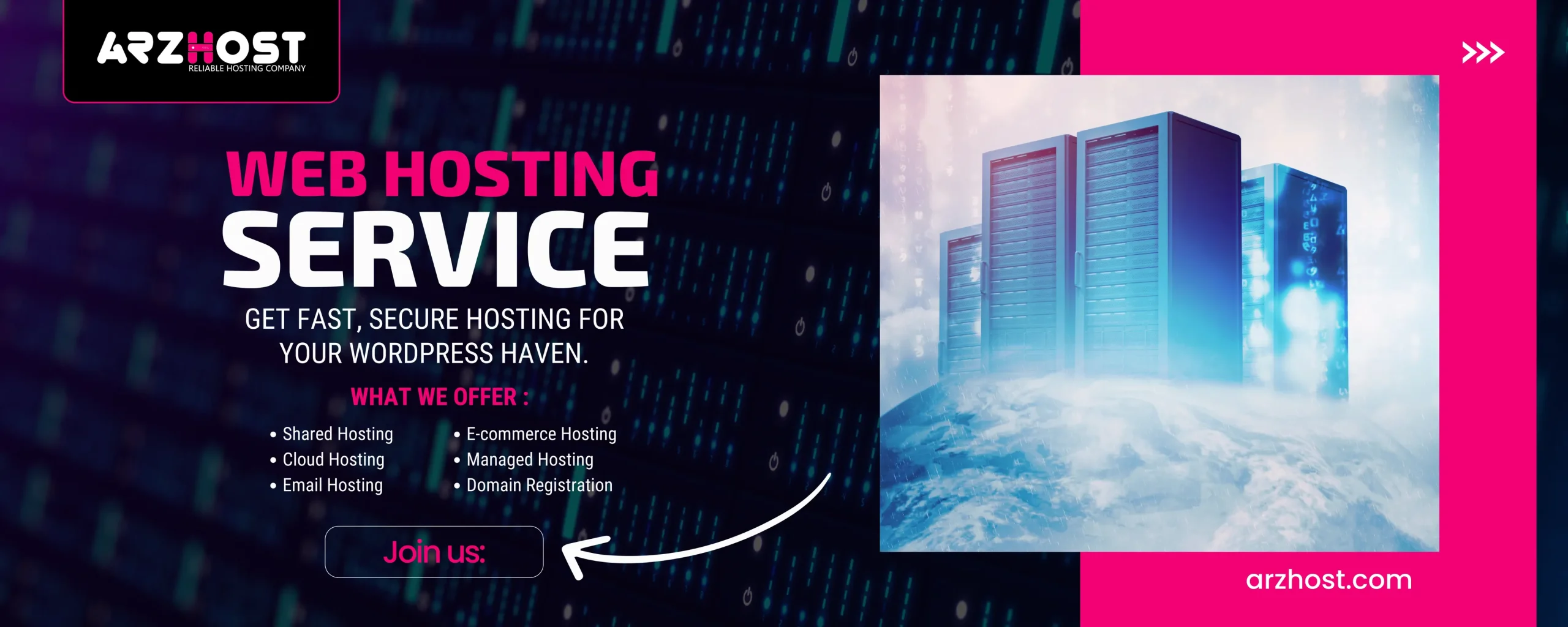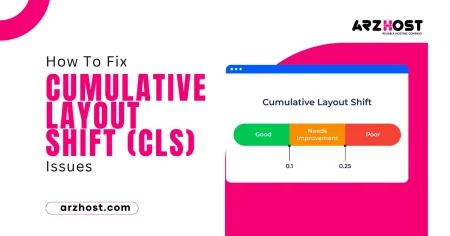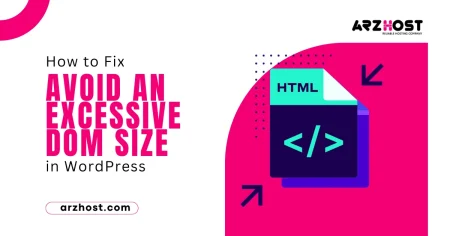Computer systems, servers, and networking equipment are housed and managed in Tier 2 data centers, also known as Tier II data centers.
These data centers are essential to the modern corporate environment because they give companies the atmosphere and infrastructure needed for data management, processing, and storage.
Although there are several standards used to classify data center tiers, Tier 2 indicates a specific degree of infrastructure availability, redundancy, and reliability.
You deserve a moderate degree of redundancy and reliability from a Tier 2 data center. These facilities usually have a single path for the delivery of electricity and cooling, therefore there may be some sensitivity to maintenance tasks or equipment failures.
But Tier II data centers typically have duplicate parts for important systems, like cooling and backup power supplies. The purpose of this redundancy is to reduce the possibility of downtime resulting from scheduled maintenance or small equipment problems.
Tiers of the data center are important considerations when selecting a location for your data hosting. Selecting the incorrect tier can result in unneeded costs or downtime because the tier rating indicates the reliability and performance of a data center.
I will describe the operation of data center tiers at ARZ Host and how these rankings help you evaluate a data center’s quality.
Continue reading to discover how to use the tiering standard to locate a facility that meets the needs and budget of your company.
What is Tier 2 Data Center?
A Tier 2 data center includes some redundant and backup components, but its power and cooling distribution is done through a single path.
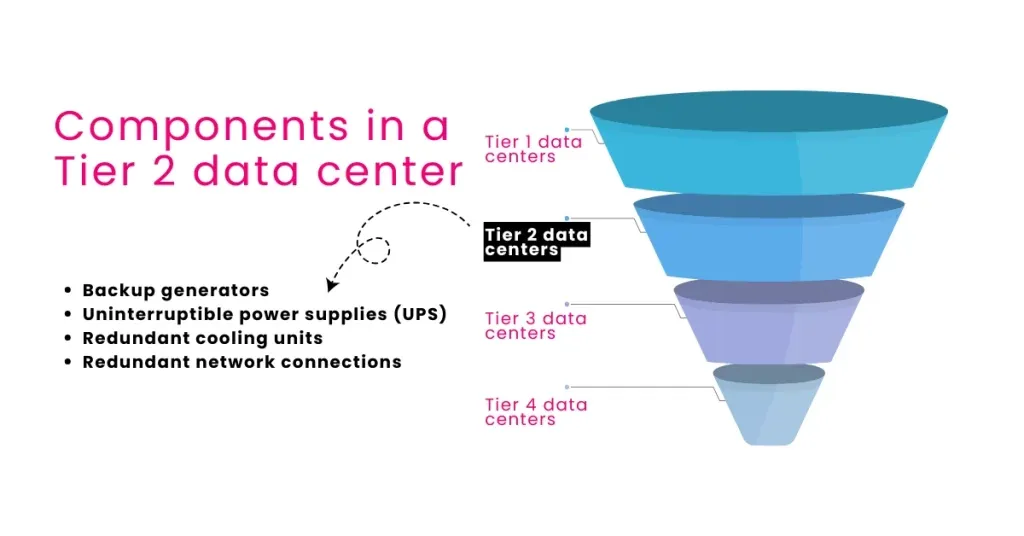
This implies that there will not be any downtime if an important part fails and is replaced by another.
A projected uptime of 99.741%, or 22 hours of downtime annually, is provided by Tier II data centers.
Some examples of redundant components in a Tier 2 data center include:
- Backup generators
- Uninterruptible power supplies (UPS)
- Redundant cooling units
- Redundant network connections
Businesses looking for a dependable and affordable data center solution could choose Tier 2 data centers. Websites, email servers, and development environments are among the non-mission-critical applications that they are frequently used to host.
The availability of Tier II data centers, expressed as a percentage of annual uptime, is one of their unique characteristics. These facilities usually have availability levels of 99.741% or just a little bit higher, which translates to about 22 hours of permitted downtime annually.
Tier 2 data centers can however fulfill the demands of many enterprises, especially those with well-thought-out redundancy and disaster recovery plans, even though they might not offer the same level of uptime certainty as higher-tier facilities.
The moderate levels of availability, redundancy, and reliability offered by Tier 2 data centers characterize this type of data center.
They are ideal for companies that can withstand unexpected outages or have sufficient backup procedures in place since they provide a balance between cost-effectiveness and uptime assurance.
When thinking about using data centers, organizations should carefully evaluate their unique demands and risk tolerance to see if a Tier 2 data center would meet their operating requirements.
Understanding Data Center Tiers
The foundation of the digital era is data centers, which act as the actual hubs that contain and oversee the vital infrastructure needed to run a plethora of online services, apps, and enterprises.
Based on their overall infrastructure design, redundancy, and dependability, these data centers are categorized into different tiers.

Tier II data centers, commonly referred to as “data centers with substantial availability,” hold a pivotal place in this structure, providing an equilibrium between affordability and dependability.
We will examine the features, advantages, and integration of Tier 2 data centers into the larger data center ecosystem as we delve into this topic.
Before we dive into Tier II data centers, it’s essential to understand the tier system. The classification system, developed by the Uptime Institute, comprises four tiers, each representing a specific level of availability and redundancy:
| Tier 1: | Basic site infrastructure with minimal redundancy (99.671% uptime). |
| Tier 2: | Redundant components and infrastructure (99.741% uptime). |
| Tier 3: | Concurrently maintainable, offering N+1 redundancy (99.982% uptime). |
| Tier 4: | Fault-tolerant infrastructure with the highest level of redundancy (99.995% uptime). |
Features that Make Tier 2 Data Centers a Viable Option
According to the Telecommunications Industry Association’s (TIA) TIA-942 standard, Tier II data centers are often less dependable and smaller than Tier 3 and Tier 4 data centers. Tier 2 data centers provide a cost-availability balance.
Here are some of the key features and characteristics of Tier 2 data centers:
- Availability: A yearly availability of around 99.741% is provided by Tier 2 data centers. This suggests that while they might experience scheduled maintenance outages and some redundancy, overall, they are more dependable than Tier 1 data centers.
- Redundancy: Critical systems like power and cooling usually have redundant components in Tier 2 data centers. They could not have complete redundancy for every component, though, which increases the chance of component failures or downtime during maintenance.
- Single path components: In a Tier II data center, certain essential components might have dual power and dual paths, but other components might only have one path. This design may make you more vulnerable to disruptions.
- N+1 redundancy: Tier II data centers often use N+1 redundancy. In other words, every vital system has at least one redundant or backup component. The backup component takes over to keep things running in the event that a component fails.
- Basic monitoring and security: Access controls and surveillance cameras are common security and monitoring tools found in Tier II data centers. These safeguards might not be as comprehensive or advanced as those found in more elite data centers, though.
- Scalability: Because Tier II data centers are somewhat scalable, they can accommodate the expansion of IT capacity and infrastructure as needed. However, this may require scheduled outages or interruptions in service.
- Maintenance: Planned downtime may be necessary if Tier II data centers need to schedule routine maintenance tasks. Potential service interruptions may result from these maintenance tasks.
- Cost-effective: Organizations seeking a balance between cost and dependability frequently select Tier II data centers. Without the greater costs associated with Tier 3 or Tier 4 facilities, they provide a level of availability and redundancy that is appropriate for many enterprises.
- Size and capacity: In general, Tier II data centers are smaller in scope than Tier 3 and Tier 4 data centers, though their specific dimensions can vary. Although they are not as large as higher-tier data centers, they can handle a variety of IT devices.
It’s essential to remember that there are numerous data center classification schemes, and other organizations can use their own standards and definitions in addition to the TIA-942 standard.
The budget, downtime tolerance, and unique requirements of a business should all be taken into consideration when selecting a data center tier.
Pros and Cons of Tier 2 Data Centers
Pros
- Lower cost than Tier 1 data Centers
- Greater availability in smaller markets
- More flexible and customizable options
- More responsive to customer needs
- Less risk of outages due to concentration of facilities
- Opportunity to support local economies
- Potential for faster deployment times
- Reduced environmental impact
- Access to a wider range of providers
Cons
- Lower level of redundancy and uptime guarantees.
- Less extensive support and maintenance services.
- Limited access to specialized equipment and services.
- Potential for lower physical security measures.
- Higher risk of obsolescence due to rapid technological change.
How Tier 2 Data Center is Best for Your Business?
A Tier 2 data center can make sense for businesses looking for a high level of dependability at a competitive cost. Tier II data centers have one channel, with some redundant and backup components, for power and cooling.
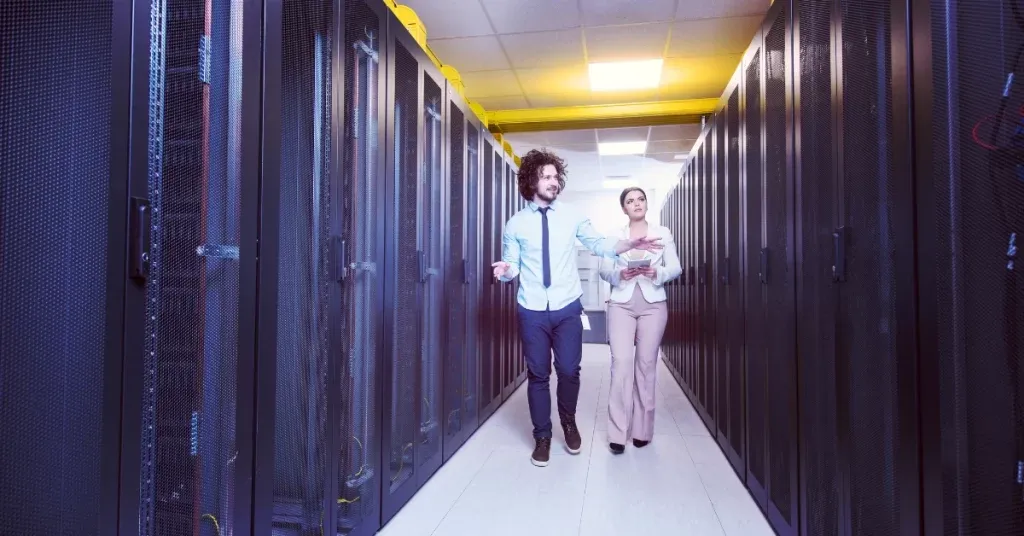
This indicates that they should have 99.741% uptime, or 22 hours of downtime, year.
Here are some of the benefits of using a Tier 2 data center for your business:
- Cost-effective: Tier 2 data centers are often less costly than Tier 3 and Tier 4 data centers. Their varying degrees of redundancy are the cause of this. Nonetheless, they continue to offer a high level of reliability.
- Reliable: Tier 2 data centers have redundant components for critical systems like electricity and cooling. This suggests that in the event that one component fails, the other can take over without causing any downtime.
- Scalable: Tier 2 data centers are expandable to accommodate your company’s demands. The data center can be enlarged to match your expansion if you require additional space or power.
- Secure: Tier 2 data centers have multiple security mechanisms in place to protect your information. These elements may include CCTV cameras, security guards, and both physical and logical security mechanisms like firewalls and intrusion detection systems.
If you are a business that is looking for a cost-effective data center solution with a high level of reliability, a Tier 2 data center may be a good option for you.
Here are some examples of businesses that can benefit from using a Tier 2 data center:
| Small and medium-sized businesses (SMBs) |
| Businesses with non-mission-critical applications |
| Businesses that are looking for a disaster recovery solution |
| Businesses that are looking to reduce their IT costs |
So, according to ARZ Host, if you are not sure whether a Tier II data center is right for your business, you can consult with a data center provider to discuss your specific needs.
The viability of a Tier 2 data center for your company must be assessed taking into account your unique business needs, financial limits, and uptime requirements.
The higher uptime guarantees offered by Tier 3 or Tier 4 data centers may still be advantageous for certain mission-critical applications, even though Tier II data centers still present an appealing balance between pricing and reliability.
Tier 2 Data Center Power and Distribution Specifications
According to the Telecommunications Industry Association (TIA), a Tier 2 data center is a particular kind of data center that fulfills particular uptime and redundancy requirements.
Higher than a Tier 1 data center, but not as strong as Tier 3 or Tier 4 data centers, it offers a level of availability and dependability.
Higher-tier data centers offer more redundancy than Tier II data centers since Tier 2 data centers usually have a single channel for power and cooling.
Power and distribution specifications for a Tier 2 data center can include:
- Electrical Redundancy: For power redundancy, Tier 2 data centers usually use a N+1 arrangement. This implies that a minimum of one backup component is present for each essential component (such a UPS or generator). Because of this redundancy, even in the event that one component fails, the power supply will continue to run.
- Utility Power: The local utility power system is typically connected to Tier 2 data centers. The data center can continue to run with minimal downtime thanks to backup generators and UPS systems, even though this power supply can sometimes need maintenance or experience outages.
- Backup Generators: In the event of a utility power loss, backup generators should be installed in Tier 2 data centers to provide continuous power supply. These generators should be dependable and able to sustain the crucial loads of the data center for a number of days at a time. They should also undergo routine testing.
- Uninterruptible Power Supply (UPS): When there is a brief utility power outage, UPS systems are utilized to provide instantaneous power backup until the backup generators start up. Typically, the UPS systems are made to smoothly transfer power to the generators in order to prevent any downtime.
- Power Distribution Units (PDUs): PDUs are used to distribute power from the UPS or generator to the various IT equipment within the data center. They may have redundancy built in to ensure continuous power distribution.
- Power Monitoring and Management: Data centers often include power monitoring and management systems to ensure that power is efficiently distributed, and any issues or anomalies can be identified and addressed promptly.
- Cooling Systems: Cooling is an essential part of the infrastructure of data centers, even though it has nothing to do with power. In order to keep the IT equipment working at the proper temperatures, Tier 2 data centers need to have cooling systems in place. It’s possible that these systems are redundant.
- Fire Suppression: Systems for suppressing fires are necessary to safeguard data center infrastructure as well as IT equipment. They ought to be made to limit harm and stop fires from spreading.
- Physical Security: Access control and security systems are critical to prevent unauthorized access to the data center and to protect against physical threats.
It’s essential to remember that a Tier II data center’s precise power and distribution requirements can change based on the facility’s size, location, and the demands of the company it serves.
Although the specifics can vary from one facility to another, these criteria are intended to give you a basic idea of what to expect in a Tier 2 data center.
Which Tier 2 Data Center Is Best for You?
Your unique needs, your budget, and the data center’s location all play a role in selecting the finest Tier 2 data center for you.
While Tier 2 data centers may not offer the same amount of uptime and resilience as Tier 3 or Tier 4 data centers, they do offer a higher level of redundancy and reliability than Tier 1 data centers.
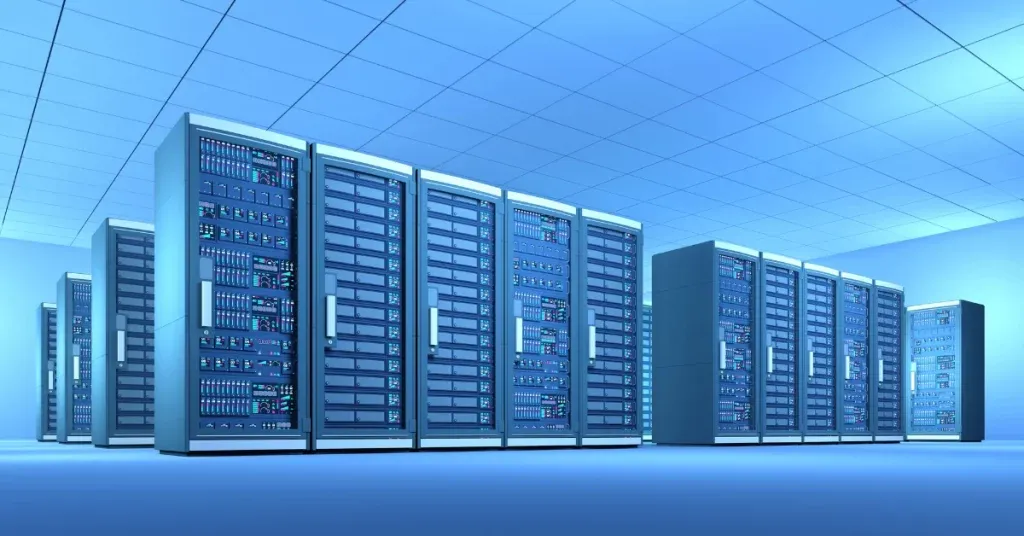
The best Tier 2 data center for you will depend on your specific needs and requirements. Here are some factors to consider when choosing a Tier 2 data center:
- Uptime: With a 99.741% uptime rate, Tier 2 data centers can expect up to 22 hours of annual downtime. A Tier 3 or Tier 4 data center can be a good option if you require one with a greater uptime.
- Redundancy: While Tier 2 data centers do not have as much redundancy as Tier 3 or Tier 4 data centers, they do include some redundant components. A Tier 3 or Tier 4 data center can be a good option if you require a highly redundant data center.
- Location: Should you demand quick access to your data or must adhere to compliance regulations, the data center’s location is essential. Take into account how close the data center is to your offices, users, and any other essential infrastructure.
- Security: Data security is a critical concern for all businesses. Make sure the data center you choose has the security features you need to protect your data.
- Cost: In general, Tier 2 data centers are less costly than Tier 3 or Tier 4 data centers. But it’s crucial to take into account the whole cost of ownership, which includes the price of security precautions and downtime.
It’s essential to carry out a comprehensive analysis of your unique requirements and evaluate possible Tier II data center suppliers appropriately.
For higher levels of availability and dependability, you could also wish to take into account Tier 3 or Tier 4 data centers, depending on business needs.
Conclusion
Many businesses may profit from using Tier 2 data centers because they provide a good mix of dependability and cost-efficiency.
For a wide range of applications, their 99.75% uptime offers a respectable degree of availability, especially for SMEs and companies on a tight budget.
But before investing in a Tier 2 data center, it’s imperative to thoroughly evaluate your organization’s unique requirements, downtime tolerance, and growth projections.
You may then use this information to make an informed decision that supports your long-term business and IT objectives.
Keep in mind that selecting a data center tier should take your company’s unique requirements, financial limitations, and downtime tolerance into account. Before choosing, it’s critical to evaluate your needs and risk tolerance.
FAQS (Frequently Asked Questions)
Q#1: What is a Tier 2 data center, and how does it differ from other tiers?
According to the TIA-942 Telecommunications Infrastructure Standard for Data Centers, a Tier 2 data center is categorized as such. While it features redundant cooling and power components, it is not as redundant as Tier 3 data centers and Tier 4 data centers. This is how it varies from Tier 1. Tier 2 facilities could encounter unplanned breakdowns or maintenance outages.
Q#2: What level of availability can I expect from a Tier 2 data center?
With an availability of 99.741% on average, Tier 2 data centers can have up to 22 hours of annual downtime from scheduled maintenance or unplanned events. Applications that are not time-sensitive can use this degree of availability.
Q#3: What are the key features of Tier 2 data center infrastructure?
Like Tier 3 or Tier 4 data centers, Tier 2 data centers feature redundant cooling and power systems, which means they have backup components but do not have concurrent maintenance systems. Multiple cooling units, backup generators, and UPS (Uninterruptible Power Supply) systems are frequently included.
Q#4: Is a Tier 2 data center sufficient for my business needs?
A Tier 2 data center may or may not be appropriate for your particular set of needs. A Tier 2 data center might be more affordable if your applications can withstand a little downtime and you have a solid disaster recovery plan in place. However, Tier 3 or Tier 4 data centers may be of interest if high availability is required for crucial activities.
Q#5: What are the advantages of using a Tier 2 data center?
Advantages of Tier 2 data centers include cost-effectiveness and reliability for less critical applications. They provide redundancy in power and cooling systems, reducing the risk of downtime due to equipment failures.
Q#6: What are the potential drawbacks of Tier 2 data centers?
Because Tier 2 data centers are not as fault-tolerant as higher-tier data centers, maintenance or component failures may cause more downtime in these facilities. A Tier 2 data center might not be the best option if your company depends on availability and uptime around-the-clock. In this case, you might need to budget for extended downtime times and make investments in reliable backup solutions.
